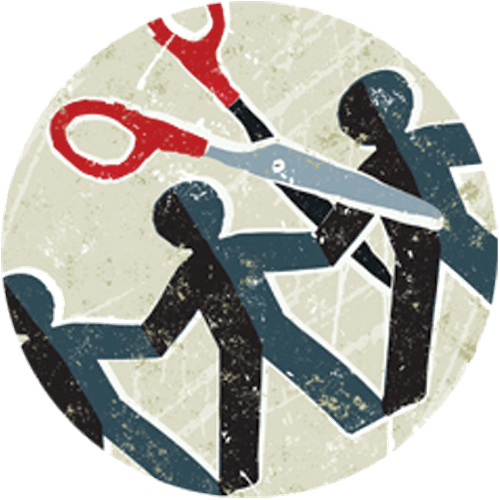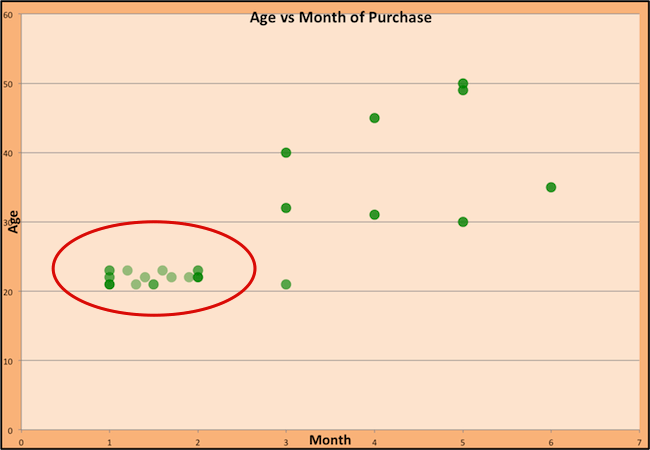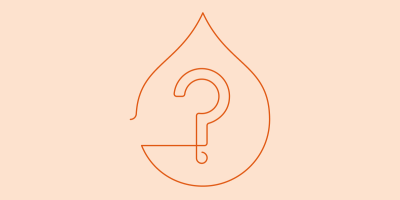
Collection
La Diferencia entre Segmentación y Agrupamiento

Collection :
En marketing predictivo , el término "agrupación" se usa mucho. Es la versión de marketing predictivo de la segmentación. En lugar de agrupar a las personas, el agrupamiento simplemente identifica lo que las personas hacen la mayor parte del tiempo, lo que nos permite predecir lo que es probable que hagan los clientes sin encasillarlos en grupos rígidos.
La segmentación es el proceso de poner a los clientes en grupos basados en similitudes, y la agrupación es el proceso de encontrar similitudes en los clientes para que puedan agruparse y, por lo tanto, segmentarse. Parecen similares, pero no son exactamente lo mismo.
Confundido? Déjame elaborar.
Segmentación
Cuando segmentas, sabes a quién dirigirte. Si estoy vendiendo un pequeño vestido negro caro, quiero dirigirme a las mujeres que tienen un alto ingreso familiar anual. En este caso, estoy definiendo los límites del grupo: mujeres que ganan más de $100,000 y que han comprado artículos similares en esa categoría de productos. Es natural suponer que este grupo puede comprar los vestidos de mi tienda.

Identificar y agrupar a los clientes que son mujeres con altos ingresos es el proceso de segmentación. Esto es importante porque las personas fuera de este segmento probablemente no podrían pagar un vestido de $ 1,000. Personalizar mi marketing para este segmento tiene sentido.

Pero el segmento sigue siendo bastante grande, y no todos compran ese vestido. Qué sucede si agrego una dimensión más para aumentar la especificidad, como la edad? A partir de mis datos, veo que las mujeres comienzan a comprar vestidos de diseñador después de los veintiún años. (Mi analista ficticio dice que es cuando los estudiantes de último año de la universidad comienzan a entrevistarse para obtener trabajos).
Entonces, para refinar mi segmento, elimino a las mujeres menores de 21 años. Pero aún así, no todos en este segmento recién refinado compran ese vestido. Qué pasa con la ubicación? Encuentro que solo las mujeres mayores de veintiún años y que viven en la costa este están comprando ese vestido, así que eliminemos a las mujeres que no viven en la costa este. La idea es refinar el segmento hasta que pueda llegar a un segmento de uno: el santo grial del marketing. Pero, cuántas características puede refinar un especialista en marketing?
| Si no tienes tipos de datos como edad, ingresos, dirección o sexo, la Plataforma de Datos del Cliente Acquia puede ayudarte a obtenerlos. |
Con la democratización de los grandes datos , los especialistas en marketing ahora tienen cientos de otras características que pueden estudiar: preferencia de marca, preferencia de descuento, solo compra vestidos, tiempo que pasa en el sitio, comportamiento de navegación, duración de la llamada, etc. Algunas características del cliente no tienen correlación con el comportamiento de compra; otras características se correlacionan con el comportamiento de compra y entre sí de diferentes maneras. Simplemente no es factible que una persona revise cientos de tipos de datos para encontrar relaciones entre cada uno.
Ahí es cuando usas la agrupación en clúster.
Agrupación
La agrupación en clústeres es el proceso de usar aprendizaje automático y algoritmos para identificar cómo se relacionan diferentes tipos de datos y crear nuevos segmentos basados en esas relaciones. La agrupación en clústeres encuentra la relación entre los puntos de datos para que puedan segmentarse.
En la siguiente maqueta de un modelo de racimo para mis clientes de vestido negro, vemos que muchas de las mujeres compraron un vestido en los primeros dos meses del año y tenían poco más de veinte años. (Mi analista ficticio no pudo entender por qué. Estoy muy decepcionado.)

Usé tres dimensiones aquí. Todos estos clientes en realidad compraron un vestido. (Plataforma de Datos de Clientes Acquia ( CDP ) analiza cientos de dimensiones).
La agrupación de datos me ayudó a descubrir un nuevo segmento de clientes y su comportamiento de compra. El CDP aplica modelos de agrupación en clústeres y cientos de otros como estos a cientos de conjuntos de datos para predecir la probabilidad de que un cliente compre.
Para conocer más formas en que los especialistas en marketing pueden usar una plataforma de datos de clientes para organizar y activar sus datos, descargue el libro electrónico gratuito Trabajar Con datos de Clientes: desde la Recopilación Hasta la Activación .


